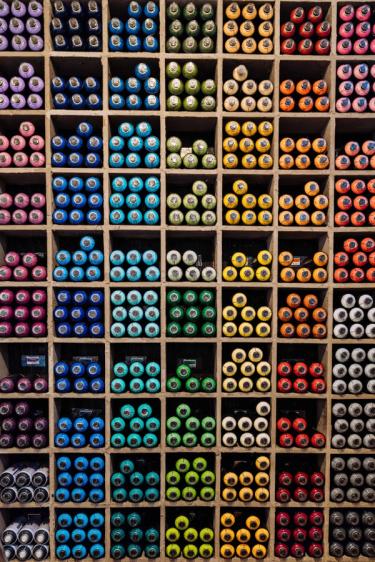
Photo by Matt Popovich via Unsplash
Storyboarding Method
Storyboarding helps teams explore and communicate user interactions with a product or service in a visual, narrative driven format. Storyboards encourage empathy and engagement because people are hard-wired to respond to stories. Adding visual elements more effectively communicates emotions, struggle, and triumph than words alone, even if sketches or illustrations are rudimentary or roughly drawn.
Preparation
Storyboarding is often more effective when it is informed by these complementary methods.
-

Task Analysis
Observe users in action to understand how they perform tasks to achieve goals
-

Stakeholder Interviewing
Understanding the perspective and influence of those invested in a project's success
-

Contextual Interviewing
Observation of users performing tasks in their own environment
-

User Interviewing
Understand the tasks and motivations of the user group for whom you are designing
Steps
- Identify the story you want to tell. Use on the different use cases or scenarios in which users interact with your product or service for inspiration. Establishing a compelling story with specific characters and a clear sequence of events is important, so don't rush this step.
- Sketch out the key moments in your story with text and arrows. Key moments include the initial context, triggers, decision points, and final outcomes (and the benefits or problems they produce).
- Add emotional states to your key moments. Indicate what your main character is feeling. Emotional states can be communicated with words, simple drawings, or icons.
- Draw each step as a storyboard frame. Focus on communicating your story's plot and your character's state of mind. This is less about how well you draw and more about what you choose to show.
- Ensure that the outcome of your story is clear. What did the user's actions and decisions produce? Are they better (or less better) off than when they begain? How did your product or service (or the lack thereof) contribute to that outcome?
- Annotate each scene with a description of what the user is attempting to do. Describe what general feeling or experience the team wants the user to have.
- Review your storyboard with the product team and stakeholders for feedback. Iterate until the storyboard represents a shared vision of the scenario and progression of scenes.
- Create a polished version of the storyboard if you plan to use it for future work or in other external contexts.
Outcomes
Storyboarding typically produces insight and solutions focused on these areas:
-
User Preference
Elements, arrangements, or qualities of experience design that user state or show are valuable to them.
-
User Behavior
Information about how users currently use a site, service, or resource.
Resources
Next Steps
-

Persona Creation
Development of research-informed representations of target user goals, behaviors, and pain points
-

Category Design
Creating structures and schemes that make the location and use of content clear.
-

Taxonomy Design
Define a system for labeling and classifying content to make it easier to find, understand, and use
-

Style Tile Creation
Communicate the use of fonts, colors, and interface elements in a design system
References
Storyboarding Method details last edited on 2022-02-02
